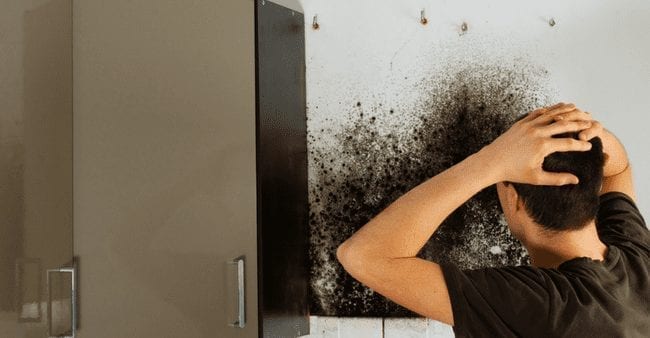This great article following next about Locating water leaks is truly captivating. You should take a look.

Early detection of leaking water lines can reduce a possible catastrophe. Some tiny water leaks may not be noticeable.
1. Check Out the Water Meter
Every residence has a water meter. Checking it is a guaranteed way that helps you discover leaks. For starters, shut off all the water sources. Make sure nobody will flush, utilize the faucet, shower, run the washing equipment or dishwasher. From there, go to the meter and watch if it will certainly change. Since nobody is utilizing it, there should be no motions. If it relocates, that indicates a fast-moving leak. Similarly, if you find no changes, wait a hr or 2 and also examine back once again. This means you might have a slow-moving leak that might even be below ground.
2. Examine Water Intake
If you detect sudden modifications, in spite of your consumption being the very same, it means that you have leaks in your plumbing system. An unexpected spike in your expense suggests a fast-moving leak.
A steady boost every month, also with the same practices, shows you have a sluggish leakage that's likewise gradually intensifying. Call a plumber to completely check your building, particularly if you feel a cozy location on your flooring with piping below.
3. Do a Food Coloring Test
30% comes from toilets when it comes to water usage. Examination to see if they are running appropriately. Decline specks of food shade in the storage tank and also wait 10 minutes. There's a leakage between the container and also bowl if the color somehow infiltrates your dish during that time without flushing.
4. Asses Exterior Lines
Do not forget to check your exterior water lines too. Ought to water leak out of the connection, you have a loose rubber gasket. One little leakage can waste bunches of water and surge your water costs.
5. Analyze the situation as well as check
Homeowners should make it a routine to inspect under the sink counters and also also inside closets for any bad odor or mold and mildew growth. These two warnings indicate a leak so timely attention is called for. Doing routine assessments, also bi-annually, can save you from a major issue.
Extra significantly, if you understand your residence is already old, keep a watchful eye on your heating units, pipes, pipelines and so on. Look for discolorations as well as damaging as the majority of home appliances as well as pipes have a life expectancy. They will likewise naturally weaken because of deterioration. Don't wait for it to escalate if you suspect dripping water lines in your plumbing system. Call a professional plumber as soon as possible so you do not wind up with a terrible mess in your house.
Early discovery of dripping water lines can alleviate a prospective disaster. Some tiny water leaks might not be noticeable. Inspecting it is a surefire way that aids you find leaks. One tiny leakage can throw away tons of water and surge your water costs.
If you believe dripping water lines in your plumbing system, do not wait for it to intensify.
WARNING SIGNS OF WATER LEAKAGE BEHIND THE WALL
PERSISTENT MUSTY ODORS
As water slowly drips from a leaky pipe inside the wall, flooring and sheetrock stay damp and develop an odor similar to wet cardboard. It generates a musty smell that can help you find hidden leaks.
MOLD IN UNUSUAL AREAS
Mold usually grows in wet areas like kitchens, baths and laundry rooms. If you spot the stuff on walls or baseboards in other rooms of the house, it’s a good indicator of undetected water leaks.
STAINS THAT GROW
When mold thrives around a leaky pipe, it sometimes takes hold on the inside surface of the affected wall. A growing stain on otherwise clean sheetrock is often your sign of a hidden plumbing problem.
PEELING OR BUBBLING WALLPAPER / PAINT
This clue is easy to miss in rooms that don’t get much use. When you see wallpaper separating along seams or paint bubbling or flaking off the wall, blame sheetrock that stays wet because of an undetected leak.
BUCKLED CEILINGS AND STAINED FLOORS
If ceilings or floors in bathrooms, kitchens or laundry areas develop structural problems, don’t rule out constant damp inside the walls. Wet sheetrock can affect adjacent framing, flooring and ceilings.
https://www.servicemasterbyzaba.com/blog/how-to-detect-water-leakage-in-walls/

I'm certainly very interested in Detecting hidden plumbing leaks and I'm hoping you enjoyed our blog entry. Are you aware of somebody who is fascinated with the niche? Why not promote it. Thanks a lot for taking the time to read it.
Comments on “How to Discover and also Fixing Water Leaks-- A Comprehensive Guide”